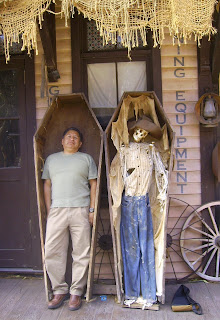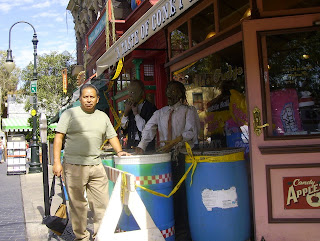“Alive” is not only beautiful pictures of animals.
It is also about our lifestyles, with facts and figures,
and presents the paths we should follow in the future.
We are all responsible for our planet. It is up to each
and every one of us to realize that we must act by
taking some simple and obvious measures.
Let us all adopt more meaningful everyday gestures.
Now is the time!
*
*
Like numerous animals, this caterpillar native to Central America uses different strategies of defence: bright colours for warning and sting cells for attack! When it stings it causes severe irritations on human skin. The saddleback caterpillar measures almost 25mm and feeds on different plants. After several weeks of life as a caterpillar, it transforms into a butterfly... becoming much less colourful!
Few insects are as popular with the general public as the seven-spotted ladybird. The beautiful red black-spotted carapace, however, hosts a ferocious predator of aphids. This is why this bug is a precious ally for all gardeners wishing to protect their plantations without using any pesticides.
*
The Chinstrap Penguins, assembled on this blue iceberg, feel completely at home in this environment. When not laying eggs or breeding, they cross the icy seas of Antarctica looking for their favorite food, hunting for their usual diet of fish, squid, crustaceans and shellfish. They can dive up to 250 meters in depth for almost twenty minutes.
*
Caterpillars are among the insects that achieve complete metamorphosis. Their lifecycle includes four different states: egg, caterpillar, pupa or nymph and finally butterfly. This caterpillar from Peru is covered with prickles that protect against predators such as birds, reptiles, small mammals. There are more than 5.000 species of butterflies in Europe.
































